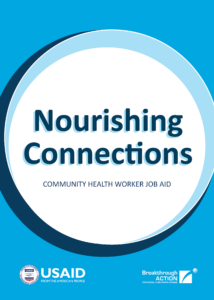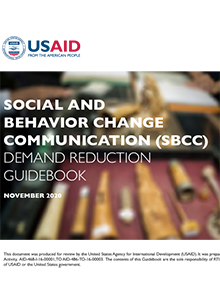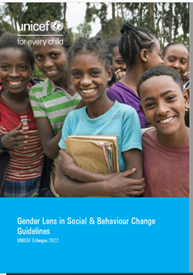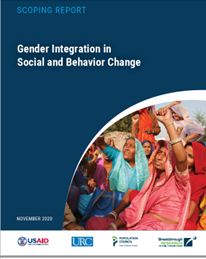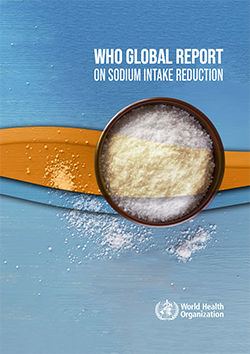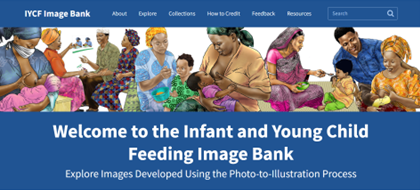Government Implementation and Institutionalization of the Universal Referral Approach for Family Planning in Francophone West Africa
To improve modern contraceptive use and reduce unmet needs, the Challenge Initiative francophone West Africa Hub supported municipalities and health systems in nine cities to adopt evidence-based practices like universal referral which integrates the provision of family planning through other health services or entry points at a facility to minimize missed opportunities to support women with family planning counseling and service uptake.
This resource is also available in French.
Source: IntraHealth International
Date of Publication: March 30, 2023


